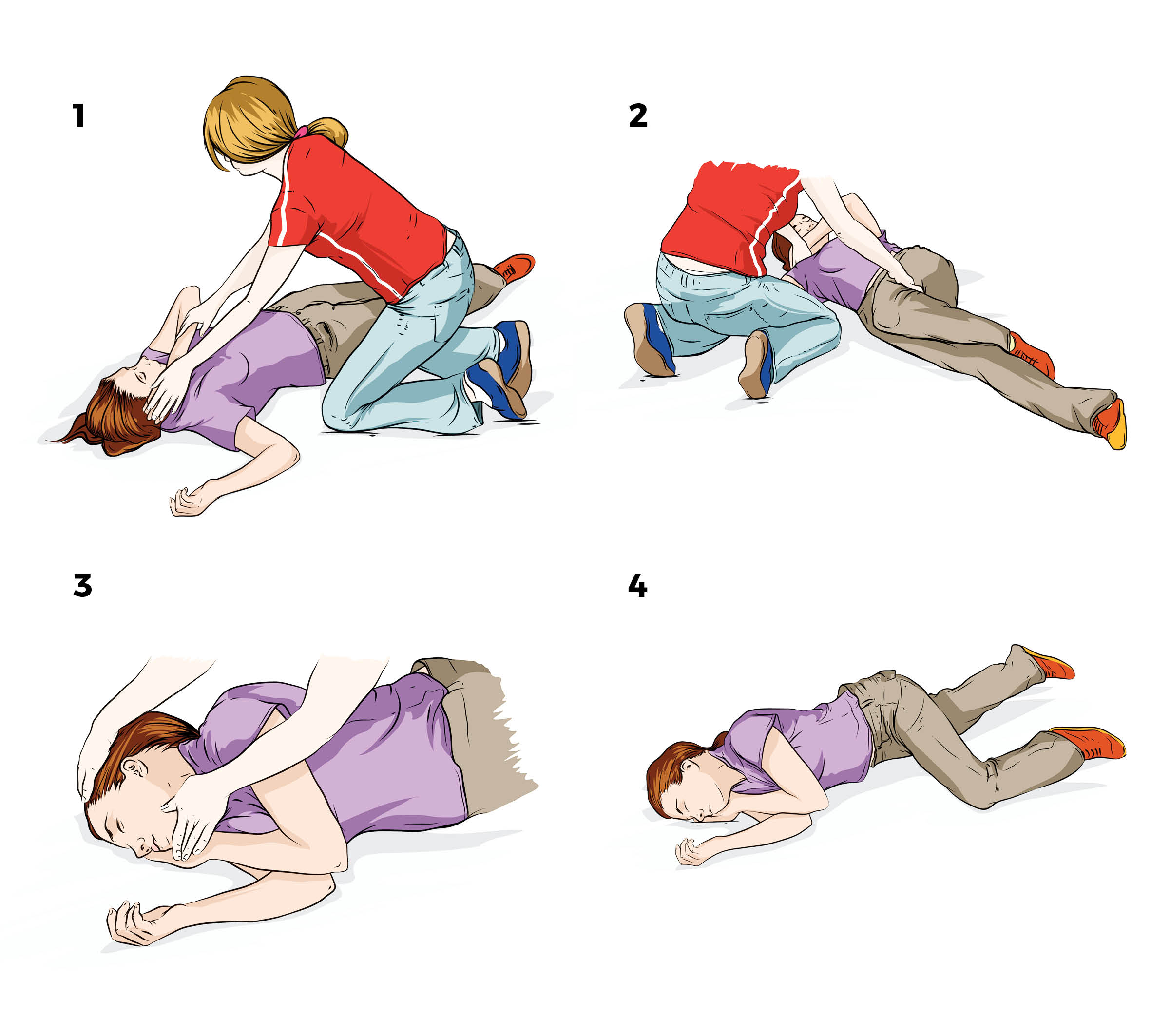Buprenorphine
Also called bupe, subs, subbies, orange
Buprenorphine is a depressant drug which means that it slows down and interferes with the functioning of the brain and the body. Buprenorphine belongs to a class of drugs known as opioids. It is a medicine which is prescribed by health professionals for people who are dependent on heroin or other opioids. Buprenorphine is used to help people manage opioid withdrawal symptoms, or as part of an opioid treatment program (OTP). Some people may also be prescribed buprenorphine for pain management. Buprenorphine is better known by a range of trade names.

People who inject buprenorphine, which is intended to be dissolved and absorbed in the mouth, are at risk of harm including injection related injuries, blood-borne viruses, mouth organism’s if the buprenorphine has come from someone’s mouth, and overdose. Injecting Buvidal® or Sublocade® into a vein is extremely dangerous and can cause serious harm and death.
- Film (Suboxone®)
- Tablets (Subutex® / Temgesic®)
- Liquid in a preloaded syringe (Buvidal® / Sublocade®)
- Patch (Norspan®)
- Dissolved by placing under the tongue or inside the cheek (Suboxone film® / Subutex tablets® / Temgesic tablets®)
- Subcutaneous injection administered by a health professional (Buvidal® / Sublocade®)
- Applied by patch (Norspan®)
Some people may use buprenorphine to feel euphoric, or to feel relaxed. Other short-term effects include:
- Tiredness or drowsiness
- Small pupils
- Slurred and slow speech
- Slow breathing
- Decreased heart rate or palpitations
- Sweating
- Cold clammy skin
- Itchiness
- Dizziness
- Confusion
- Nausea / vomiting
- Stomach ache
- Constipation
- Difficulty urinating
Buprenorphine affects people differently depending on a range of factors including how much and what dose is taken, whether it is used with other drugs, and the individual characteristics of the person. Buprenorphine when taken in large doses, or when mixed with alcohol, benzodiazepines, or other drugs increases the risk of an overdose. Buprenorphine taken soon after another opioid (like heroin or oxycodone) may cause precipitated withdrawal – i.e. the immediate onset of severe withdrawal symptoms which may last several hours.
The best option for people dependent on buprenorphine is opioid treatment which should be discussed with your doctor or local alcohol and drug treatment service. Withdrawal symptoms may be unpleasant, however they will lessen over time. Withdrawal symptoms include diarrhoea, stomach ache, leg cramps, nausea, sweats and chills, increased heart rate, low mood, anxiety, irritability, poor sleep and cravings.
Buprenorphine use may increase the risk of miscarriage, premature delivery, and low birth weight. Regular buprenorphine use throughout pregnancy can cause the new born baby to experience withdrawal symptoms. For people who are concerned about their buprenorphine use while pregnant or breastfeeding, it is important to talk to your doctor or health professional.
Naloxone is a drug that can reverse an opioid overdose. It is short acting and non-addictive. A new formulation Nyxoid® is given into one nostril, while Narcan® and Prenoxad® is given by injection into the muscles of the thigh of the overdosed person. It is available as an over the counter medication or via a script from a prescriber. It is recommended that anyone using opioids should have immediate access to naloxone either to be administered to them in the event of an opioid overdose, or to administer to another person who has overdosed.
For more information about naloxone speak to your doctor, local needle and syringe program or contact Adis on 1800 177 833.
Signs of a buprenorphine overdose may include:
- Loss of consciouness
- Very slow breathing and/or gurgling sounds
- Slow heart rate
- Low body temperature
- Muscle twitching
- Cold clammy skin
- Blue lips and fingertips
- Skin with a bluish tinge
- Vomiting
- Confusion
- Drowsiness
If a person has overdosed on buprenorphine call an ambulance on triple zero (000) and if available administer naloxone. If they have stopped breathing commence CPR. If they are breathing normally, place them into the recovery position and wait with the person until the ambulance has arrived.

Adis 24/7 Alcohol and Drug Support is a 24 hour, 7 day a week confidential support service for people in Queensland with alcohol and other drug concerns, their families and health professionals.
Talk to us. Anytime, anywhere.
1800 177 833
Adis - Understanding Buprenorphine Fact Sheet
Adis fact sheet about buprenorphine, also known as bupe, subs, subbies, orange.
Take a self assessment quiz, it's free and only takes 5 minutes.
